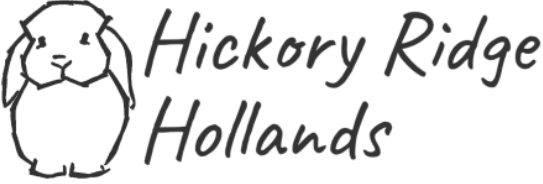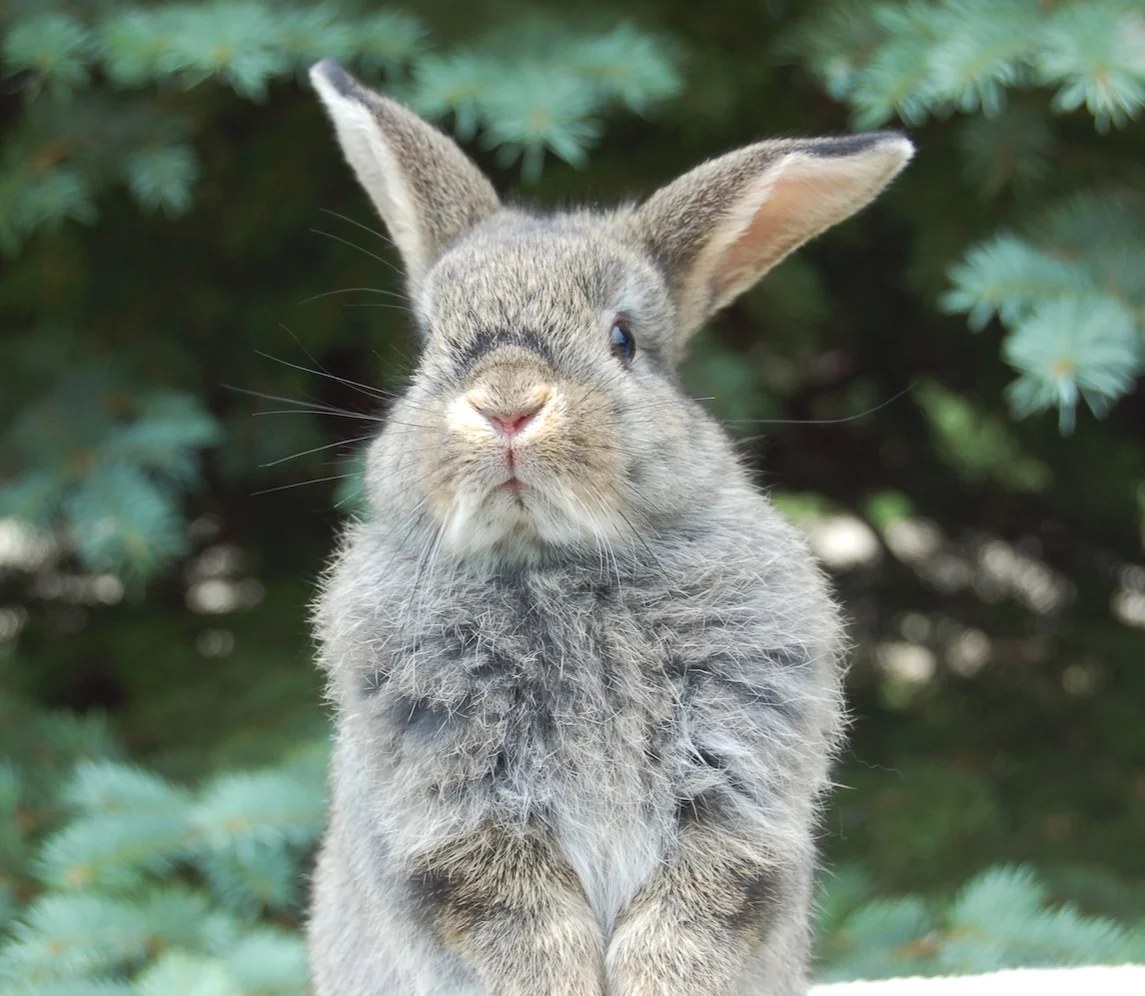Rabbit Training Pt. 1: The Reward
One of the most enjoyable parts of having a pet is training them to do tricks. Luckily for us rabbit owners, rabbits are just as teachable as many other animals. The problem many trainers have with them is that they are a bit selfish. While some dogs are overjoyed just to make their owner happy, most rabbits could care less whether their cute little spin has an effect on your mood. They need a little more motivation. It’s our job to answer their biggest question: Why would I do what you want?
For the most part, it is foolish to begin a training session without adequate treats. The treats you choose will depend primarily on your bunnies preference. But since many bunnies like similar foods, here are our suggestions:
Pellets: Depending on the type of pellets you use, some rabbits might consider them an acceptable reward.
Leafy greens: Dandelion, Romain lettuce, fresh herbs, etc. are great, healthy treats. Depending on the rabbit, however, they may not be viewed as highly desirable as they are lower in sugar and flavor.
Dried herbs: Similar to the above category, dried plantain and other herbs are a clean, healthy option.
Fresh fruit and vegetables: Cut up carrot, banana or apple into bite sized pieces for a more popular treat. Be sure to limit consumption, as this category is higher in sugar.
Dried fruit: Dried banana, apple, or raisins can be divided into smaller pieces and fed for a neater reward.
Try different treats to find out what your rabbit loves. In general, they will likely consider treats that are higher in sugar better. To avoid overloading your bun, you can cut these treats into small pieces.
Though I would not suggest attempting to train without them, treats are not the only reward you can give your rabbit. Affectionate petting, words, and tone of voice are a great addition. When it comes to petting, you must be 100% sure your rabbit enjoys where you are petting it. Petting a bunny in a way that makes them uncomfortable will be seen as a punishment, and can undermine all the hard work you’ve put into positive reinforcement. Most rabbits have very specific places they enjoy being pet. Most often this is on the top of their head, ears and possibly their cheeks. For a cute diagram, you can check out the HRS bunny petting chart.
When it comes to verbal praise, it’s a lot simpler. If you’re like most owners, you probably have a ‘bunny voice’ you talk to your rabbit in when you pet them, give them treats, and just hang out with them. Because these are all positive experiences, they will likely associate that voice with good things. Simply telling them what a good boy (or girl) they are can go a long way.
In conjunction, these rewards express clearly to the rabbit that they are doing the right thing - and more importantly, the right thing will make them feel good. In the next article, we’ll build on these concepts of positive reinforcement by looking at clicker training. Check back soon!


